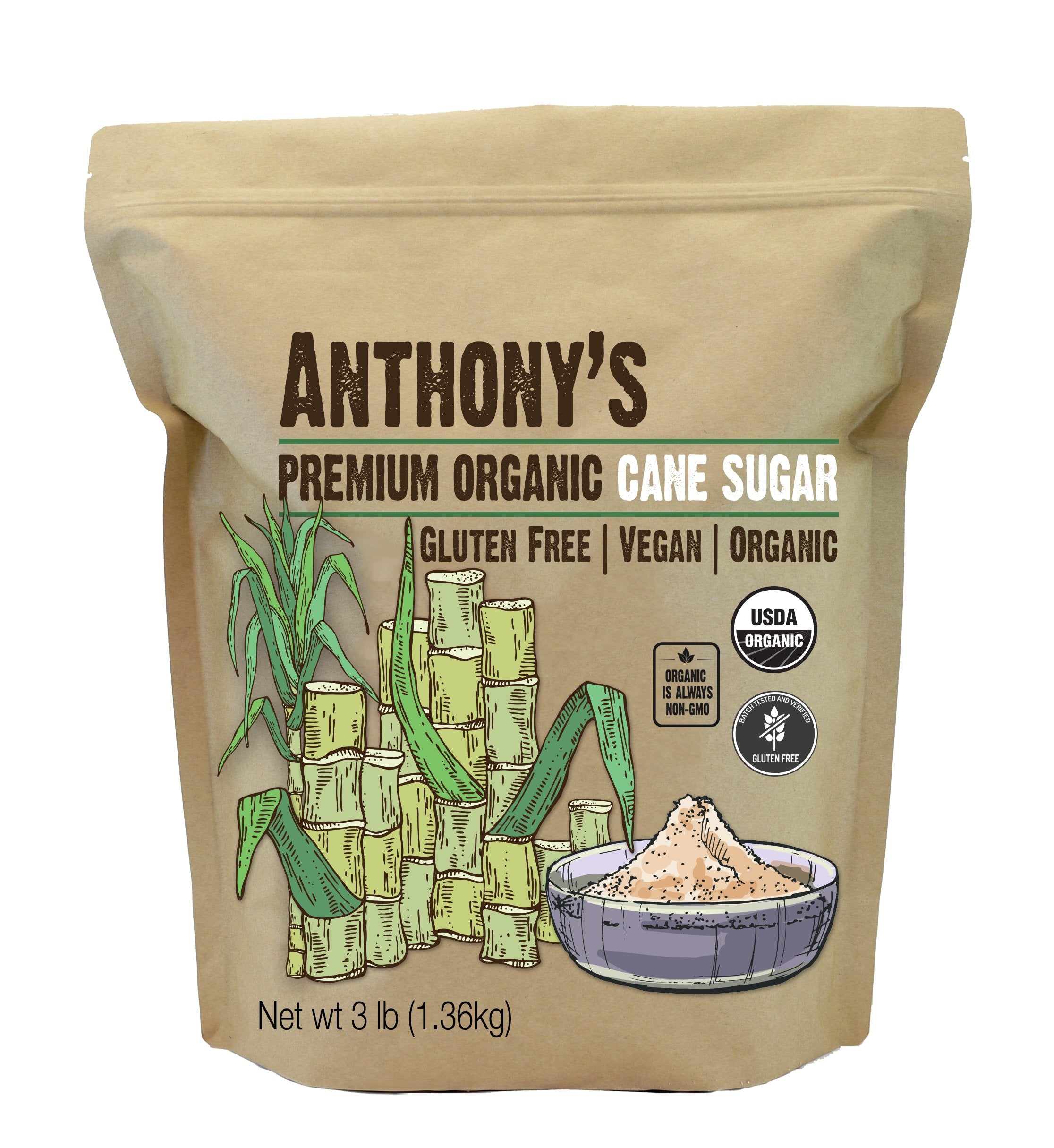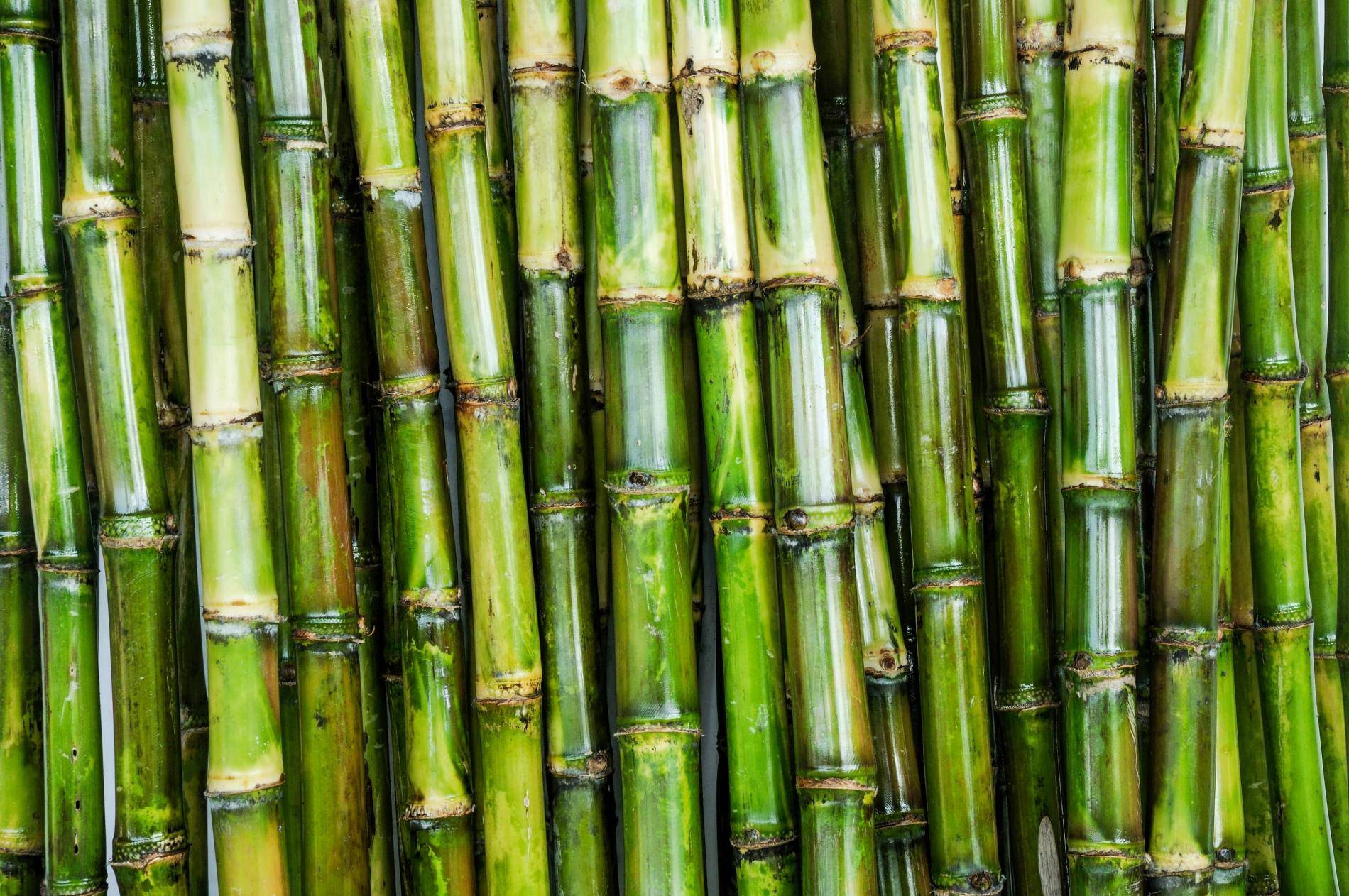Cane Sugar Processing: Trick Technologies for Superior Sugar Production
Cane Sugar Processing: Trick Technologies for Superior Sugar Production
Blog Article
Discovering the Comprehensive Tips Involved in Walking Cane Sugar Handling From Harvesting to Refinement
The process of walking stick sugar manufacturing includes a series of detailed steps, starting with the cautious harvesting of sugarcane and finishing in the refinement stages that ensure the last item satisfies sector standards. Each stage, from the extraction of juice to the purification and crystallization procedures, plays an important role in identifying the quality and personality of the sugar.
Harvesting Sugarcane
Collecting sugarcane is a vital action in the walking stick sugar handling chain, as it directly influences the top quality and return of the final product. Proper timing and strategies are crucial throughout this phase to guarantee optimal sugar content and minimize losses. Generally, sugarcane is gathered when it gets to maturation, normally 12 to 18 months after planting, defined by a high sucrose concentration.

Post-harvest, the sugarcane needs to be refined swiftly to stop sucrose destruction. Ideally, gathered walking cane ought to be moved to processing centers within 24 hours to protect sugar high quality. Therefore, effective logistical preparation is essential to preserve the honesty of the harvested crop throughout the supply chain.
Removal Refine

The crushed cane undergoes a collection of pushing operations to make the most of juice recovery. Usually, warm water is sprayed onto the crushed cane, creating a countercurrent circulation that aids dissolve the sugar while likewise helping in the extraction procedure. The juice accumulated from this operation consists of not only sugar however also various natural substances and contaminations.

To enhance extraction effectiveness, some facilities may use diffusion techniques, where the sugarcane is soaked in warm water, permitting the soluble sugars to diffuse right into the liquid. The resulting juice, abundant in sucrose, is then directed to succeeding processing stages, laying the structure for purification and improvement. The extraction procedure is hence essential in identifying the high quality and return of the final sugar item.
Filtration Techniques
The filtration techniques utilized in cane sugar handling are essential for transforming the raw juice right into a high-grade sugar product. These methods largely aim to eliminate contaminations, such as soil, plant materials, and not natural materials, which can negatively influence the last product's taste and shade.
This procedure involves adding lime and warmth to the raw juice, which facilitates the coagulation of impurities. Furthermore, the use of phosphoric acid can improve the explanation procedure by further binding impurities.
Another considerable method is carbonatation, where carbon dioxide is presented to the clarified juice. This reaction generates calcium carbonate, which records continuing over here to be contaminations and advertises their elimination.
Furthermore, activated carbon treatment may be related to adsorb any kind of continuing to be colorants and natural contaminations, making sure an extra polished product. The combination of these methods efficiently prepares the sugar juice for subsequent action in the refining process, setting the phase for the manufacturing of premium walking cane sugar.
Condensation Techniques
After the purification phase, the following essential action in walking stick sugar processing involves formation methods, which play an essential role in transforming the clarified juice right into solid sugar. This procedure generally uses 2 main techniques: spontaneous crystallization and regulated formation.
In spontaneous crystallization, supersaturated sugar solutions are enabled to cool down normally, leading to the formation of sugar crystals over time. This approach permits for the consistent growth of sugar crystals and greater purity.
Throughout condensation, the cleared up juice is concentrated via evaporation, increasing its sugar material up until it gets to supersaturation. When this factor is attained, either approach can help with the formation procedure. Cane Sugar Processing. The resultant sugar crystals are after that divided from the staying syrup with centrifugation
Eventually, the option of condensation method impacts the quality, dimension, and pureness of the last sugar item, making this action crucial in the general walking stick sugar handling procedure.
Improvement and Product Packaging
Just how can the pureness and high quality of cane sugar be additionally improved after crystallization? The improvement procedure plays an essential function in attaining top notch cane sugar. Complying with formation, sugar goes through an extensive cleaning to get rid of pollutants and recurring molasses. This is generally achieved making use of cozy water or vapor, which aids liquify and extract unwanted aspects while protecting the sugar crystals.
Next, the sugar over at this website goes through a procedure called centrifugation, where it is spun at high rates to separate the cleansed sugar crystals from the continuing to be liquid. After centrifugation, the sugar is often further fine-tuned through a method called carbonization or phosphatation, which makes use of triggered carbon or phosphoric acid to remove color and off-flavors.
As soon as improved, the sugar is dried out to achieve the wanted dampness material, guaranteeing that it remains stable throughout storage and transportation. The last action entails product packaging the refined sugar in airtight and moisture-proof containers to preserve its quality and protect against contamination. Cane Sugar Processing. Appropriate packaging not just prolongs service life however also facilitates easy handling and distribution, ensuring that consumers get sugar that meets the click this link highest possible standards of purity and quality
Verdict
The thorough steps associated with walking cane sugar processing, from the thorough harvesting of sugarcane to the elaborate improvement and product packaging stages, underscore the value of each stage in guaranteeing high-grade sugar production. Optimum harvesting techniques, reliable extraction methods, and rigorous filtration procedures collectively add to the end product's pureness and security. The formation and succeeding packaging practices better enhance the stability and life span of the sugar, highlighting the complexity and accuracy intrinsic in this crucial agricultural sector.
The process of walking cane sugar production encompasses a series of complex steps, starting with the cautious harvesting of sugarcane and finishing in the improvement phases that make sure the final product meets market criteria. Ideally, gathered walking cane should be transported to processing facilities within 24 hours to protect sugar top quality.In spontaneous formation, supersaturated sugar remedies are allowed to cool down normally, leading to the formation of sugar crystals over time - Cane Sugar Processing. The improvement process plays a critical function in attaining premium walking stick sugar.The detailed actions involved in walking cane sugar processing, from the precise harvesting of sugarcane to the detailed improvement and product packaging phases, emphasize the relevance of each stage in ensuring high-quality sugar production
Report this page